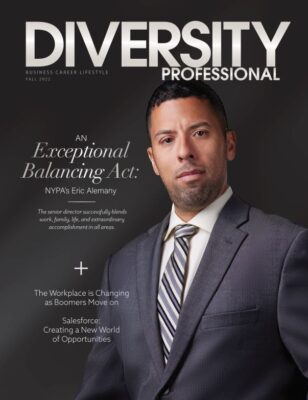Life Strategic Planning— How Real Leaders Ascend
Analyze your life, change your perspective and become your best.
The end of 2019 is approaching. For some, it comes with much success, for others there are many gaps. The new year brings new goals but they are not the only things you will need. Much like the approach organizations use, the strategic planning process can help any individual “Be a Better You.” This plan is your internal guide to achieving the life you desire. Your life strategic plan is an important guide for making decisions. Following these steps will get you that much closer to the life others only dream of having.
Assess for Clarity
Assess the landscape to understand trends, gain additional insight and gain clarity on the overall direction of your industry, areas of interest and perspectives on your goals. The more information you have, the better able you will be to analyze the situation and be more effective in your approach to the new year. You cannot set an effective plan into action until you know the challenges and the state of the competition. There are many quotes that state you are not in competition with others. There is some truth to that. However, knowing what the best-in-class exemplifies can open your eyes to a healthy view of what you can aspire to be. Here are some tips to assess your life strategy effectively:
• Career trends
• Others in the field: What are they doing? How are they doing it? Why are they doing it? What have they accomplished?
• What is not being addressed in the industry?
• Costs and compensation
• The rules, regulations and laws associated with the field
Life SWOT
The SWOT is a powerful tool to evaluate an organization. It is just as effective for individuals to review their strengths, weaknesses, opportunities and threats. Strengths in your support system, employer, work position, financial resources, career channels, accomplishments, net worth and growth are a good start to consider. Personal weaknesses in these same areas along with looking at what is missing according to industry standards would provide an in-depth investigation into your areas of concern. This is one of the most difficult steps in the overall process. We tend to minimize or hide our weaknesses to protect ourselves, but we are increasing our chances of getting hurt, becoming disappointed and ending up unsuccessful. Be honest with yourself! Now the opportunities list may get out of control. Focus on increasing your income, being innovative, creating your own intellectual property, joining the right organizations and other career options. Last, but not least, there are threats to consider including financial shortage, lack of support or resources and career limitations.
Define Your Personal Mission and Vision
Now you can begin to craft your view from 10 or 20 years from now. Your personal mission statement speaks to your purpose…the meaning for what you do in your life…why do you exist? Your vision guides your life to where you are going. It illuminates the path you are to follow. There are so many distractions in life. We need our vision to provide clarity and bring us back to our core agenda in life. This statement is not about how others see you—it’s about what makes you happy. Here are some key elements to guide you in drafting your statement:
• What do you enjoy doing?
• What are your top 5 values?
• What do you want to achieve in the physical, spiritual, career, family, social and financial areas of your life?
• What would you do if money was not a factor?
Envision your ideal life without considering limitations. Don’t try to subconsciously justify the ‘why’ of your statement. What would you do if you could not fail and there were endless resources? Once you create these statements, you will be reviewing them often so keep them handy.
Define or Revisit Your Goals
Your goals should align to your vision. Otherwise, you are working against yourself. They state the specific results you are trying to accomplish. Your goals can incorporate specific characteristics from your SWOT analysis. Having too many goals can cause you not to achieve them. The number of goals should not exceed the six core areas of your life: physical, spiritual, career, family, social and financial areas. Now drill down to what you will need to accomplish each month over the year to achieve your plan.
Determine Your Resource Needs
Having plans, goals and a clear path is only half the battle. You need the people, finances and other resources to achieve the plan. Counting the cost of achieving your vision is often glossed over or underestimated. It’s not all about money—it’s more about finding the right combination of resources. One of the most overlooked assets is partnerships and alliances—working with others to achieve a common goal. In other words, you do not have to go it alone, but you do need everything to be fully committed and going in the same direction.
Now Execute
You must start with something. Although it may not be in its final state, your strategic plan is ready. By following this process, you have created a solid, executable plan (it can be tweaked along the way if necessary). A critical part of this step is having an accountability partner. This may take the form of a coach or mastermind group. Having a person or group of individuals support and encourage each other is beneficial. They must agree not to accept excuses but help drive you to achieve.
Congratulations! By doing all of this, you have joined the top 20 percent of successful people.









